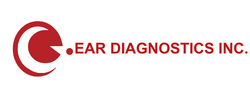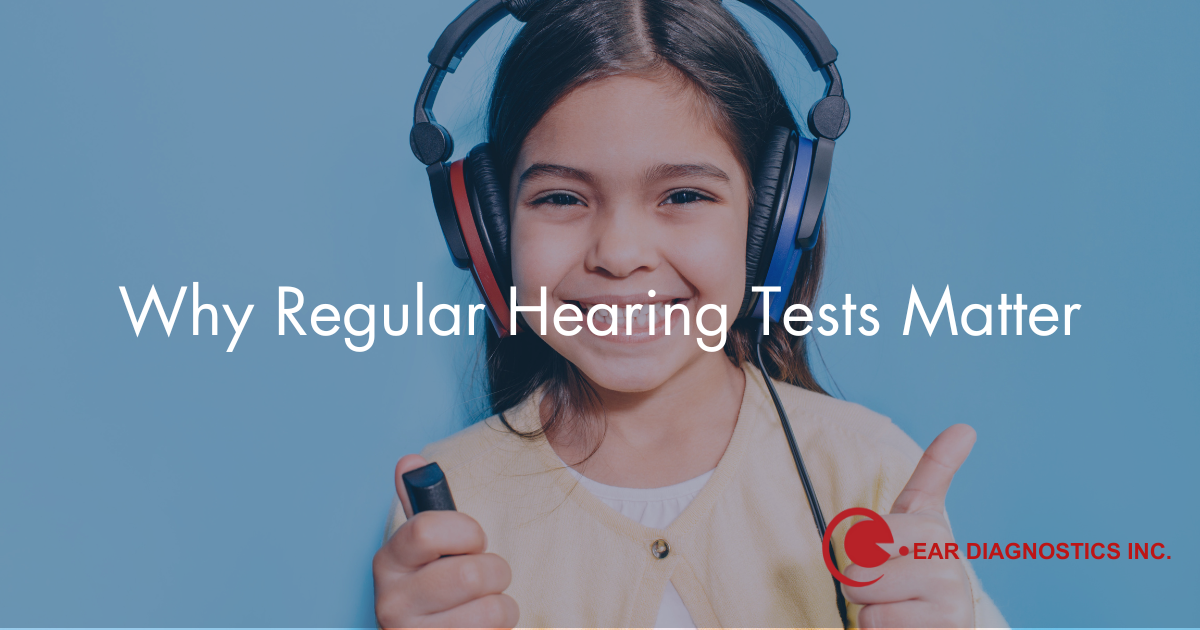In the Filipino community, the importance of staying connected through sound is paramount. Yet, for many, the complexity of hearing aid prices in the Philippines creates barriers. Without a clear understanding of these costs, families are left in uncertainty, potentially missing out on the vibrant sounds of life, from shared laughter to cherished songs.
This guide, deeply rooted in our Filipino values, demystifies hearing aid prices, ensuring every Filipino can confidently invest in these vital devices and reconnect with the world of sound.
The Life-Changing Impact of Hearing Aids: More Than Just Devices
In our culture, where family gatherings, fiestas, and karaoke nights are cherished, hearing aids play a pivotal role:
- Reconnecting with Loved Ones: Imagine Lola being able to hear her apo’s first words or Lolo sharing stories from his youth. Hearing aids bring families closer, strengthening our bonds.
- Enhanced Safety: Our elders, who once looked after us, deserve safety. Hearing aids ensure they hear traffic sounds or alarms, safeguarding them in their daily lives.
- Boosted Confidence: For the young ones with hearing impairments, these devices can be a beacon of hope, allowing them to thrive in school and social situations.
Embracing Every Generation: Types of Hearing Aids
From our playful kids to our wise elders, there’s a hearing aid for everyone:
In-the-Ear (ITE) Hearing Aids
In-the-Ear hearing aids, commonly referred to as ITE aids, are specifically designed to fit snugly at the outer entrance of the ear. Their design ensures that they are not easily noticeable, providing wearers with a discreet hearing solution. One of the standout features of ITE hearing aids is their ability to deliver a natural sound experience, closely mimicking the way we naturally hear sounds.
This makes them a popular choice for many individuals.
Behind-the-Ear (BTE) Hearing Aids
Behind-the-Ear, or BTE hearing aids, are versatile devices characterized by their placement behind the ear. They are connected to a custom mold that sits inside the ear through a transparent tube. This design ensures that the device remains securely in place, making it a suitable option for individuals of all age groups, from children to seniors.
Moreover, BTE hearing aids are known for their adaptability, catering to a wide range of hearing loss types, from mild to profound.
Receiver-in-Canal (RIC) Hearing Aids
Receiver-in-Canal hearing aids, abbreviated as RIC, are a contemporary take on the traditional BTE aids. The primary distinction lies in the placement of the speaker, which, in RIC aids, is situated inside the ear canal. This design choice ensures that wearers benefit from a comfortable fit, reducing the sensation of having a foreign object in the ear.
Additionally, the sound quality is crystal clear, making auditory experiences more enjoyable.
In-the-Canal (ITC) and Completely-in-Canal (CIC) Hearing Aids
In-the-Canal (ITC) and Completely-in-Canal (CIC) hearing aids represent advancements in discreet hearing solutions. These devices are even less visible than the aforementioned ITE aids. They are nestled deeper into the ear canal, ensuring minimal visibility and maximum comfort. One of their standout features is the exceptional sound quality they deliver, making them a favorite among discerning users.
Each of these devices is custom-made, tailored to the unique shape of the wearer’s ear canal, guaranteeing a perfect and comfortable fit.
Invisible-in-Canal (IIC) Hearing Aids
For those who prioritize discretion above all else, Invisible-in-Canal (IIC) hearing aids are the ultimate choice. As the name suggests, these devices are entirely concealed within the ear canal, rendering them invisible to the casual observer. This feature ensures that wearers can benefit from enhanced hearing without drawing attention to their aids.
IIC hearing aids are ideal for individuals who want the benefits of a hearing aid without the visible hardware.
Factors Affecting Hearing Aid Prices: A Family Decision
When investing in our family’s well-being, understanding the cost is crucial:
- Technology and Features: Advanced features like noise reduction can be beneficial during our lively family gatherings. Brands like Rexton offer such state-of-the-art technology.
- Brand Reputation: Just as we trust only the best for our family, established brands like Rexton and NuEar ensure quality and reliability.
- Customization: Every family member is unique. Custom solutions ensure that each one gets the perfect fit. Consult with Ear Diagnostics Inc. to tailor the best solution.
The True Value of Hearing Aids: Beyond the Price Tag
In Filipino culture, we often say, “Ang pamilya ang kayamanan” (Family is wealth). The joy of seeing our loved ones thrive, communicate, and engage with the world is priceless.
The Purchase Journey: A Family Affair
Choosing a hearing aid becomes a family decision, filled with love and care:
- Consultation: Understand the needs of your loved one. Schedule a consultation with Ear Diagnostics Inc.
- Trials: Let them experience the world of sound, choosing what feels right.
- Fitting and Customization: Ensure comfort and clarity, tailored to their unique needs.
- Aftercare: Just as we continuously care for our family, regular check-ups and adjustments ensure the longevity of the device.
The Evolution of Hearing Aids
Hearing aids, over the decades, have undergone a remarkable transformation. In their early stages, they were cumbersome devices, often noticeable and primarily designed to amplify sounds. These rudimentary devices were a far cry from the sophisticated aids we see today. Modern hearing aids are not only compact and nearly invisible but also come equipped with advanced features that allow users to control them through smartphone applications. This technological progression has had a direct impact on the pricing structure of hearing aids. As certain features become mainstream due to technological advancements, their prices tend to decrease, making them more accessible to a broader audience. However, the introduction of innovative and groundbreaking features can drive the prices up, reflecting the cost of research and development.
The Global Perspective on Hearing Aid Prices
When examining the cost of hearing aids in the Philippines, it’s beneficial to juxtapose these prices against the global market. Several factors come into play when determining the price of these devices in different countries. For instance, import taxes imposed by governments can significantly affect the final retail price. Additionally, the intricacies of distribution channels, including the number of intermediaries and their markups, can vary from one country to another. The presence and marketing strategies of specific brands in a region can also sway the pricing. By delving into the global pricing landscape, one gains a clearer understanding of why hearing aids might be priced a certain way in the Philippines compared to other nations.
The Role of Hearing Aid Accessories
Accessories designed for hearing aids play a pivotal role in enhancing the overall user experience. These range from basic maintenance tools like cleaning kits and dehumidifiers, which ensure the longevity and optimal performance of the hearing aids, to advanced connectivity devices. The latter allows users to connect their hearing aids directly to other electronic devices, such as televisions or smartphones, providing a seamless auditory experience. While some of these accessories are fundamental for the upkeep of the hearing aids, others, like the connectivity devices, add a touch of luxury, transforming routine activities into delightful experiences.
The Future of Hearing Aids and Hearing Aid Prices
The horizon for hearing aids is bright, thanks to the relentless pace of technological innovation. The industry is steadily moving towards designs that are even more inconspicuous, ensuring users can wear them without drawing attention. Furthermore, improvements in battery technology promise longer usage times between charges. One of the most exciting developments is the adaptability of hearing aids to varying environments, allowing users to have consistent sound quality whether they’re in a quiet room or a noisy street. Research is also underway to incorporate health monitoring features into these devices. This means that future hearing aids won’t just be tools for better hearing; they’ll also serve as health trackers, monitoring essential metrics and potentially alerting users to health anomalies.
Conclusion
In the Philippines, where family is at the heart of everything, ensuring our loved ones hear every note of life’s song is a gift beyond measure. Don’t let hearing aid prices stop you from giving them the best life! We hope this guide, deeply rooted in our values,will help every Filipino family make an informed, heartfelt decision.
Always turn to trusted professionals like Ear Diagnostics Inc. to guide you on this journey filled with love and care.
FAQs (Frequently Asked Questions)
-
How much does a hearing aid cost in the Philippines on average?
- The cost varies based on the type, features, and brand. On average, prices can range from PHP 20,000 to PHP 200,000 or more.
-
Are there different price ranges for different types of hearing aids?
- Yes, each type has its price range based on its design and features.
-
How often should I replace my hearing aids?
- On average, hearing aids last 5-7 years. However, with proper care and maintenance, they can last longer.
-
Are there any side effects to using hearing aids?
- Some users might experience an adjustment period where they feel discomfort or hear feedback. However, these issues can be resolved with proper fitting and adjustments.










